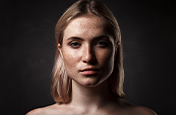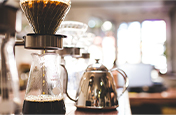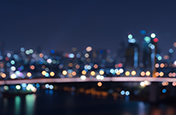|
The art of the headshot.
Headshots and business portraits are how we say hello. Get tips on how to nail professional headshots for LinkedIn, acting profiles and more.
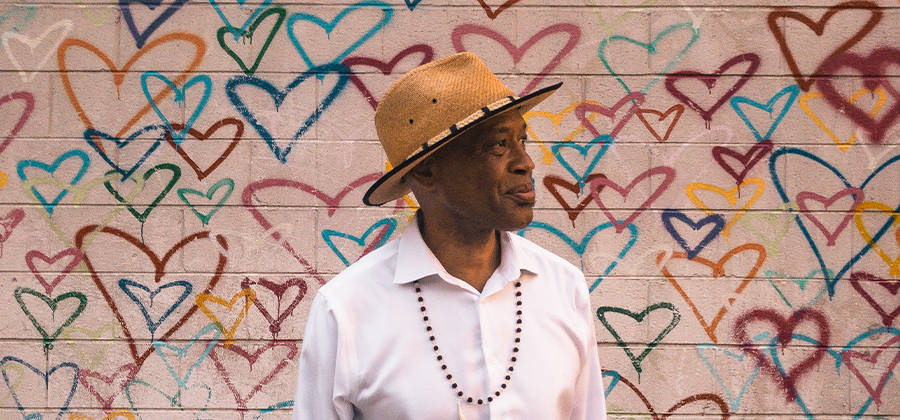
Make a great first impression with a great headshot.
A successful headshot tells you who someone is. Unlike passports, driver’s licences or ID photos that simply show you what someone looks like, headshots need to convey more, like a subject’s attitude, character and personality.
To get a good headshot, a photographer needs to know whose headshot they’re taking and how it’s going to be used. A headshot for a professional that will be used on LinkedIn is going to be different from an actor’s or model’s headshot. To master this field, you’ll also need to know how to photograph the human face and practice people skills that put your subjects at ease and draw out their personality.
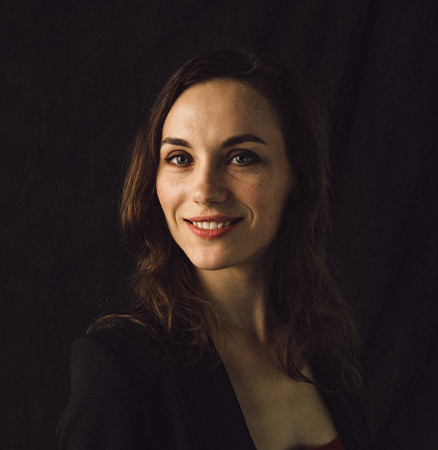

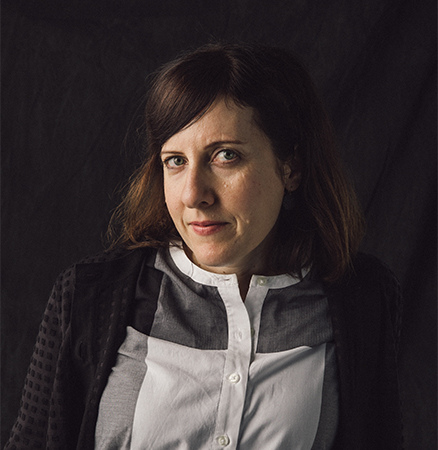
What is a headshot?
A headshot is a greeting. Headshots need to give the viewer the sense that they’re meeting someone, in a professional context, for the first time. Seeing a headshot should feel like an introduction that complements whatever text or context it’s paired with. A headshot makes a LinkedIn profile more than just a list of work experiences and a professional profile more than just a list of skills and interests.
“Telling a story with the headshot is crucial. Otherwise, it’s just a person,” says editorial and portrait photographer Grace Rivera. “It needs to say something and resonate with the viewer to evoke a feeling.” That feeling, Rivera says, should come from the subject, but it’s up to the photographer to create a context where that feeling can take shape.
“Telling a story with the headshot is crucial. Otherwise, it’s just a person.”
Given their similar subjects and emphasis on the personal, headshots and portrait photography share a lot. Often, technical tips and tricks for one will apply to the other. However, Rivera is quick to note that the two are not the same thing. Headshots and portraits each have different stories to tell and photographers need to keep their purpose in mind when doing them.
“If you’re going to take a headshot for LinkedIn,” says Rivera, “it’s going to be a completely different mindset than an editorial for a magazine. If I walk on set prepared for a corporate headshot when the job is an editorial for a magazine, I would fail. Be mindful of who you’re shooting, what you’re shooting for, and where the image is going to live. If you take the time to do that, it’s going to have a positive result.”
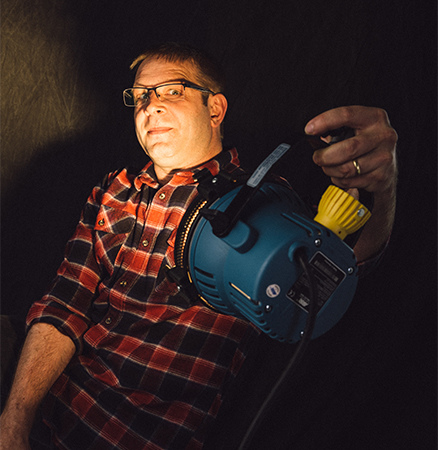
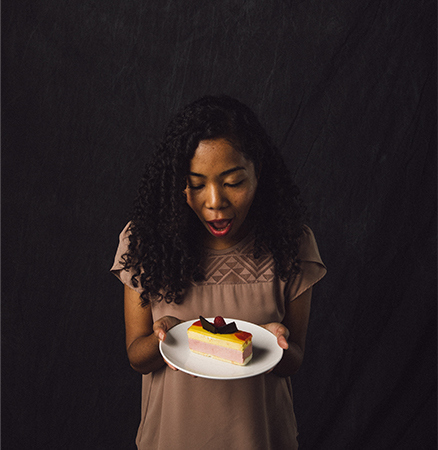
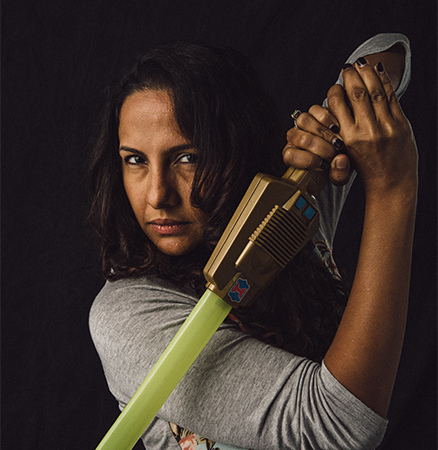
How to light subjects for headshots.
Getting the lighting right with a headshot can be a challenge. Conventional wisdom around headshots recommends white, soft light against a white background. However, both hard and soft light can work well in headshots with the proper planning and consideration. “It really just depends on the choices you’re making and the look that you’re going for,” Heather Concannon, who has a master’s degree in studio lighting, says. “If you want a more dramatic effect, harsh light — like direct sunlight or a big light — is going to make your subject look a certain way and that can be really cool.”
Matching lighting to the subject’s look and personality is essential. “When you are shooting portraits,” Concannon says, “you always want to take that gut check and think about where your light sources are coming from. Then make sure you adjust accordingly.”
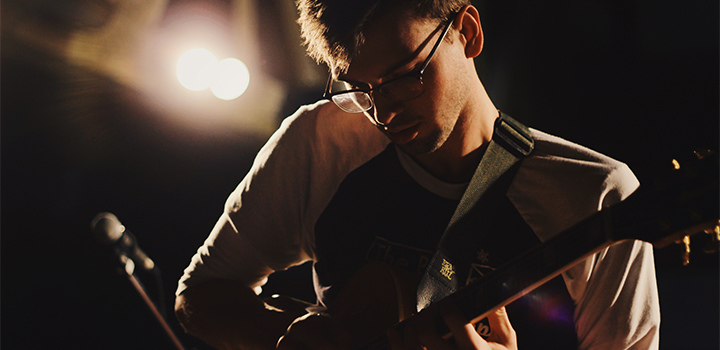
Concannon acknowledges that for many beginner photographers, it is difficult to shoot someone in harsh light or when they’re lit from behind. It’s possible to use harsh light or backlighting, but she says that getting up to the level where you can take advantage of those factors takes experience. Her advice to novice headshot photographers is to stay inside and take advantage of clouds.
“The most friendly type of portrait lighting is a cloudy day next to a window,” she says. “The clouds diffuse the sun. On a cloudy day, anywhere is going to be great for you. But if you’re indoors, get next to a window where the light is diffused by the clouds or there’s a roof over the window to block out that super harsh sun. That can create a beautiful, soft, even light for your subject.”
Working outside can often lead to great results, but with all of the potential variables that come with it, it can also lead to unforeseen issues. “If there’s a bright sun overhead during the day, I’ll make my subjects move into the shade,” says photographer Sarah Aagesen. “Overhead light creates sharp shadows on faces, which can be tough to correct during photo editing.”
Focusing on the human face.
A good headshot photographer takes into account the variation and contours of the human face. “You can get somebody’s eyes, nose and forehead in focus and really capture their essence,” says Concannon. “Then you’re automatically smoothing out their skin. You’re smoothing out the background and taking away the distractions.”
A good headshot focuses on the subject while de-emphasize or even blurring the background. What’s most important is how the subject appears and the way they’re looking at the camera. That emphasis can be aided by a shallow depth of field with an aperture of about 2.8 or a setting on the lower end of the aperture scale.
As for that nice, blurred-out background, a 50–85 mm focal length works well — though greater focal lengths can be used to push for an even more blurry background bokeh effect.
A focal length of 50 mm simulates how the human eye sees. That naturalistic approach works well for headshots and portraits. “You look into your camera and you’re going to see something that’s not super zoomed in or super zoomed out compared to what you’re seeing with your eyes,” Concannon says.
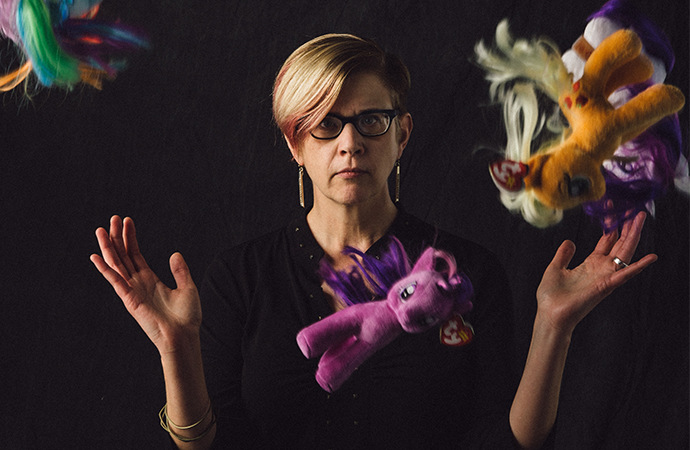
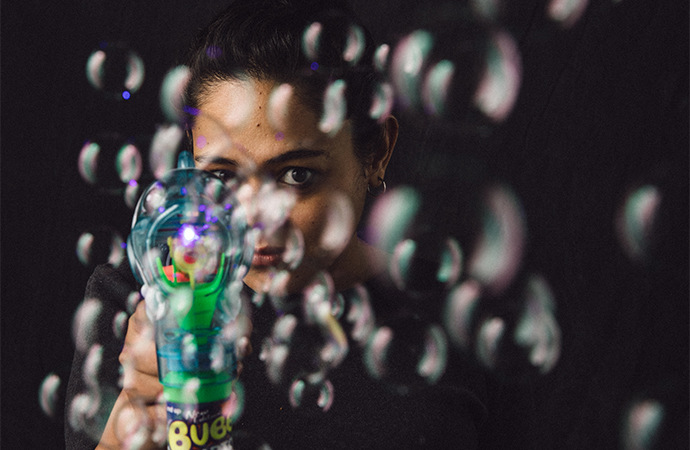
Taking headshots with a longer focal length has its advantages, though. At 85 mm, a photographer can give their subject more space. If you’re working with someone who’s nervous about having their picture taken, that extra bit of distance could make all the difference when it comes to drawing them out.
Conversely, choosing a focal length that reduces distance between photographer and subject can help to put your subject at ease.
“When I’m in the studio, I want a focal length that allows me to physically interact with my subjects,” photographer and New York Times bestselling author Carli Davidson says. “I don’t want to be far away from them.” For Davidson, that distance makes her feel cut off from her subject and that gets in the way of establishing the rapport necessary to get the best photo. “I don’t want to lose that playful or serious or sad interaction,” she says.
Capturing confidence in headshot photography.
Headshots are personal. For the photographer to capture subjects’ authentic selves, they must feel at ease. But many people stop being themselves as soon as they see a camera. They either tense up, stare directly at the camera or paste on an artificial smile. It’s up to the photographer to fix that.
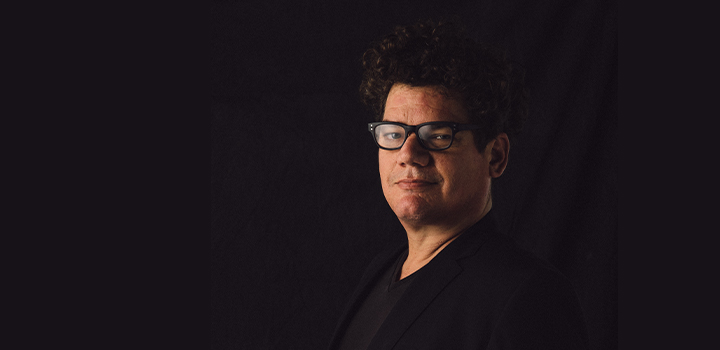
Confidence is key when it comes to making your subject comfortable. “Even if you don’t feel confident, just fake a little bit of confidence,” Rivera says. “It eases the tension at the start of a photo shoot. Then you can let things flow naturally. Talk to your subject, get to know them and — while shooting — find those moments where they feel most comfortable.”
Training your eye to catch those moments and capturing them with your camera is the essence of what makes a headshot successful, whether it’s going to live on LinkedIn or in an actor’s audition file. Get them at their most natural and most authentic and help them make a great first impression.
Contributors
Do more with Adobe Photoshop Lightroom.
Edit photos easily with Lightroom presets, Super Resolution, easily share photos from any device and access your projects anywhere with cloud photo storage management.
You might also be interested in…
Creating great portrait photography.
Take a step closer to perfect portraits with tips and advice from professional photographers.
Understanding shallow depth of field.
Explore how shallow depth of field can add dimension to your photographs.
How to add bokeh backgrounds to your photographs.
Learn more about the beautiful blur effect that can give your photos a striking look.
Discover ways to select the ideal focal length for any and every photo.
Create great headshots with Adobe Photoshop Lightroom.
Creative Cloud photography (20 GB)
Get Lightroom for desktop and mobile, Lightroom Classic and Photoshop on desktop and iPad.
€12.29/mo
|
Creative Cloud photography (20 GB)
Get Lightroom for desktop and mobile, Lightroom Classic and Photoshop on desktop and iPad.
€12.29/mo.
Students and teachers
Save over 65% on 20+ Creative Cloud apps — includes Lightroom.
€19.99/mo.
Business
Get Lightroom and all the Creative Cloud apps plus exclusive business features.
€69.99/mo (excluding VAT)
Business
Get Lightroom and all the Creative Cloud apps plus exclusive business features.
€69.99/mo (excluding VAT)
